Astronomy

Tadros pointed out that the best places to watch astronomical phenomena in general are far from light pollution, such as coasts, fields, deserts, prairies, and mountains.

The annual meteor shower will reach its peak from midnight Friday, October 21, and during the hours before sunrise on Saturday, October 22.
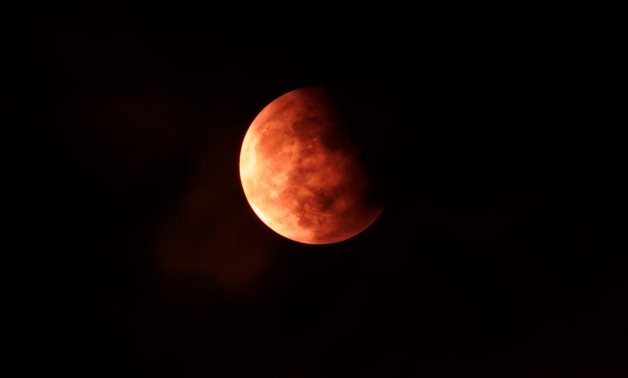
According to the astronomical calculations carried out by the Sun Research Laboratory of the National Institute of Astronomical Research, the globe will witness a total lunar eclipse on Monday, May 16, 2022.

The phenomena can been seen by naked eye.
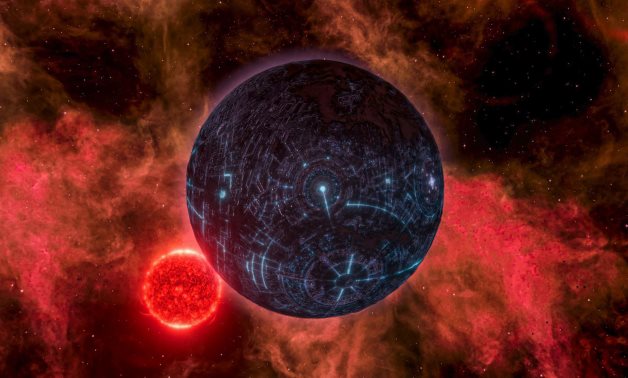
On August 24, many important events took place.

Egypt is currently working to complete the establishment of the second largest station in the world, in terms of the diameter of the telescope, to observe space debris.

The Military Technical School organized on April 6-8 the 19th International Conference for Aviation and Astronomy Science and Technology via video conference.

The so-called Buck Moon can be seen only by telescopes in the regions where it appears.
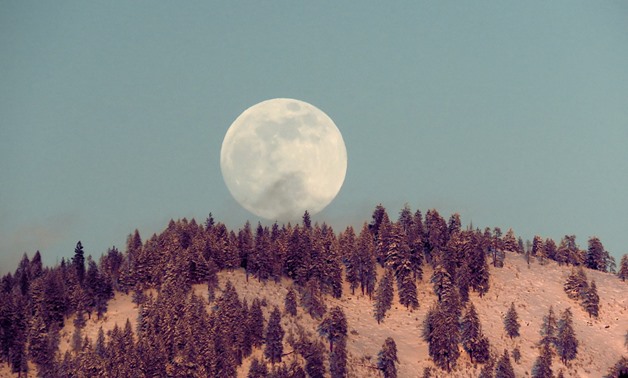
The supermoon occurs in the northern hemisphere in the winter when the Earth is close to the sun, and as a result, the sun’s gravity pushes the moon closer to the Earth, making it appear larger than usual.
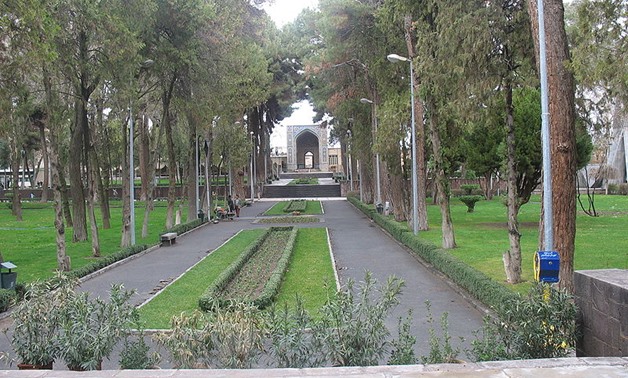
Al Khayam is a prominent Iranian mathematician, astronomer, and poet.

The phenomenon happens twice a year.
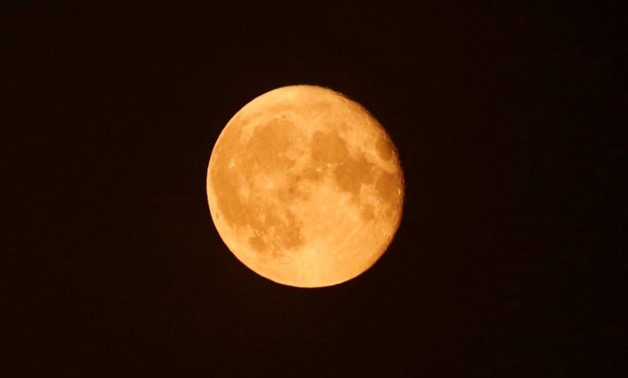
The phenomenon will appear in Africa, Australia, Europe, and Asia including Egypt and the Arab World.
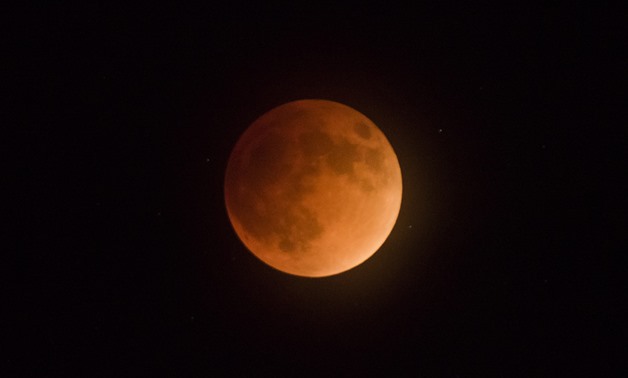
The only total lunar eclipse until 2021 will take place on Monday, January 21 featuring a super blood moon.

The institute said a specialized team will be equipped with astronomical devices such as telescopes and electronic cameras to photograph the celestial event.
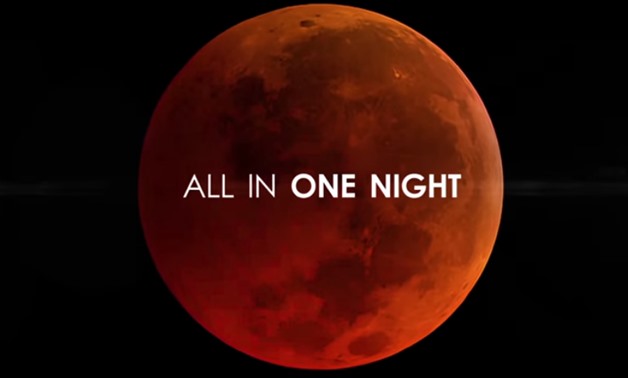
The statement issued by the institute added that the eclipse is considered the longest in the 21 st century.
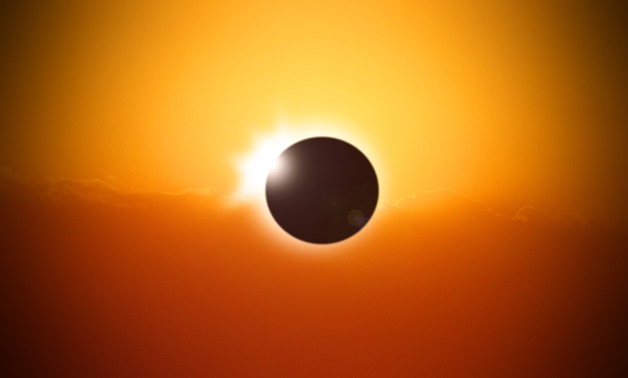
On July 27, Egypt will witness a total lunar eclipse which will be seen in parts of South America, much of Africa, the Middle East and Central Asia, Hatem Ouda said.
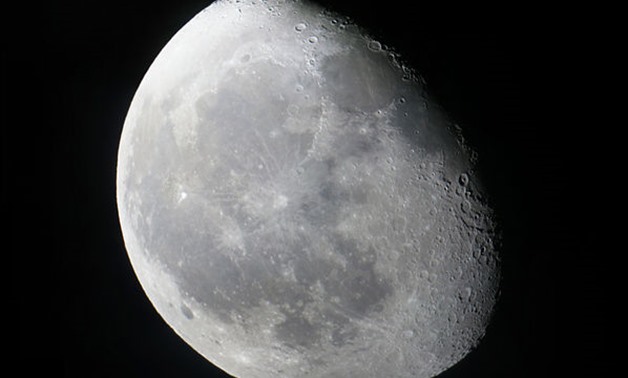
Waning Gibbous Moon approaches Mars, a phenomenon that can be observed with the naked eye.
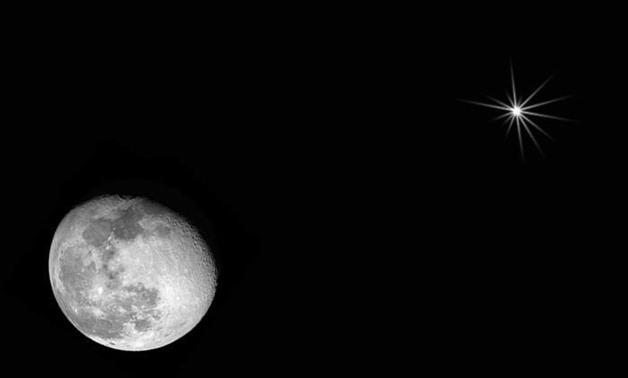
On April 4, the Waning Gibbous moon will meet Jupiter a few hours before midnight until sunrise in a phenomenon that can be observed with the naked eye.
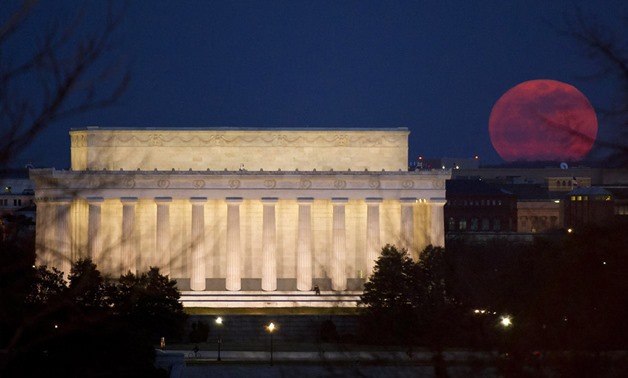
The 1st of January will witness the first Supermoon of 2018 in the U.S., while Asia, Arica, and Europe and Australia skies will witness it on January 2.

The last Supermoon of 2017 will rise on Sunday, December 3.